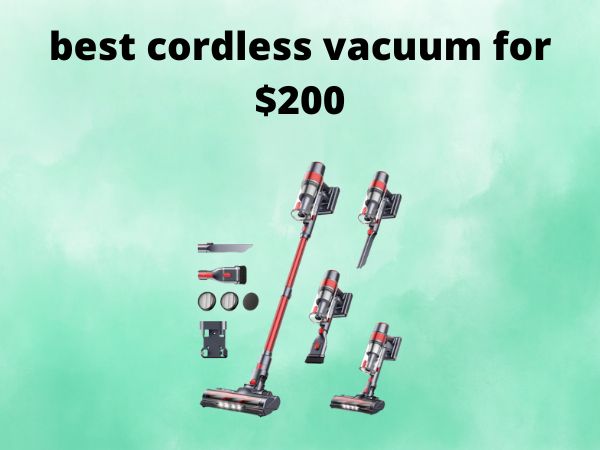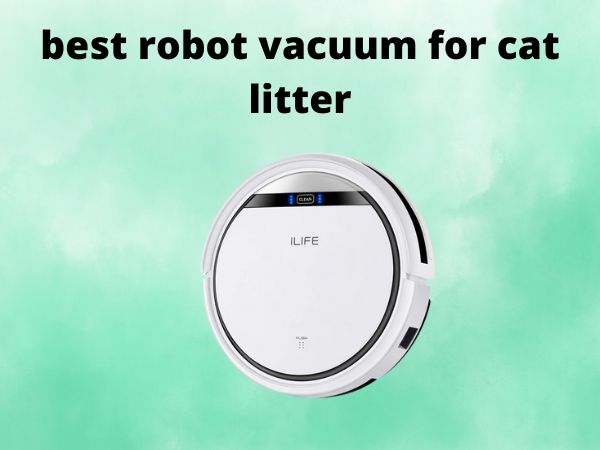How Do You Vacuum Pool to Waste [Effective Pool Cleaning]
Cleaning a pool might seem like trying to tame a wild beast, but vacuuming a pool to waste is one of those skills that becomes second nature with a bit of practice. You might be wondering: why vacuum to waste, and not the usual filter setting? Let’s dive deep into understanding this method, its benefits, and see how you can perform it effectively.
Table of Contents
Understanding Pool Vacuuming Basics
Before we venture into the specifics of vacuuming to waste, it’s crucial to grasp the basic concept of pool vacuuming. Think of pool cleaning as grooming a pet; regular maintenance builds a healthy environment. Generally, vacuuming helps remove debris, dirt, and algae that accumulate at the pool’s bottom.
Why Vacuum to Waste?
Vacuuming to waste is like pressing the reset button on your pool’s cleanliness. When the pool floor is extremely dirty—laden with silt or algae growth—vacuuming to waste helps get rid of these impurities directly. This prevents them from clogging the pool’s filter system, acting as a quick fix for a cleaner pool.
When Should You Vacuum to Waste?
Timing is everything, right? Use the waste setting when the pool is exceptionally dirty—following a storm, unexpected algae bloom, or during spring cleaning. It’s akin to wearing a raincoat on a stormy day; you do it when needed, not every day.
Tools Needed for Vacuuming to Waste
Think of your tools as your trusted set of armor. For this task, you’ll need:
- Pool vacuum head
- Telescopic pole
- Vacuum hose
- Mouth-to-skimmer adapter plate
- Multiport valve filter system
Steps to Vacuum Pool to Waste
Ready to take the plunge? Here’s how you can effectively vacuum your pool to waste:
Step 1: Set Up the Pump
First thing’s first: turn off your pool pump. This simple action is like hitting pause on a video; it gives you control over what happens next.
Step 2: Adjust the Valve
Move the multiport valve to the ‘waste’ setting. Imagine it like turning the GPS on; now you’re on the right track.
Step 3: Hook Up the Vacuum
Connect the vacuum head to the telescopic pole. Attach the hose—a lifeline to clear waters. Submerge the vacuum head into the pool.
Step 4: Prime the Hose
Fill the vacuum hose completely with water. Ensuring there are no air pockets is akin to removing roadblocks from your commute.
Step 5: Begin the Vacuuming
With the pump on the ‘waste’ setting, turn the pump back on. Glide the vacuum head over the pool’s surface gently, capturing trapped dirt without letting it be a hitchhiker riding back into the pool.
Common Mistakes and How to Avoid Them
Like dancing, errors can happen. Avoid these common mishaps:
- Forgetting to turn off the pump before adjusting the valve—this is setting the stage for disaster.
- Not priming the hose entirely—this is like trying to run a car with an empty fuel tank.
- Over-vacuuming—draining too much water could leave your pool gasping for more.
Tips for Effective Pool Vacuuming
Ensuring a sparkling pool doesn’t have to be a Herculean task. Here’s some sage advice:
- Regular vacuuming keeps the debris at bay, much like how a clear mind results from regular meditation.
- Quick, deliberate movements with the vacuum head prevent stirring up the settled debris.
Environmental Considerations
Vacuuming to waste could mean losing a significant amount of water. Save on resources by timing your actions wisely and refilling the pool responsibly.
Cost Considerations
Certainly, vacuuming to waste involves a water refill and potential chemical cost—be mindful of the financial ripple effect it may have.
Maintenance Post Vacuuming
Think of post-vacuuming as synonymous with post-exercise cooldown. Check the pool’s chemical balance and refill the pool’s water level as necessary.
Alternative Cleaning Methods
Automated pool cleaner, anyone? Automation provides a consistent cleaning with a set-and-forget mindlessness, an option if vacuuming manually isn’t in your weekend plan.
Conclusion
Vacuuming your pool to waste can seem daunting, but it doesn’t have to be a chore. With the right tools, procedures, and a dash of patience, anyone can master this task. Maintaining your pool’s health will ensure it’s always ready to offer refreshment from the sweltering sun.
FAQs
What does vacuuming pool to waste mean?
This process involves vacuuming debris directly out of the pool without the debris passing through the filter system, thus discharging dirty water.
Can I vacuum to waste with a cartridge filter?
No, generally, cartridge filters lack a multiport valve to adjust to the waste setting. It’s mainly used in sand or DE filter systems.
How often should you vacuum your pool?
For general maintenance, vacuum your pool once a week or as needed when noticeable debris accumulates.
Why is my pool cloudy after vacuuming to waste?
The cloudiness can result from improper chemical balance or remaining dirt not entirely removed. Checking chemical levels can usually clarify the water.
How much water is lost when vacuuming to waste?
The water lost can vary but typically consider 1-2 inches if done properly. Monitoring and refilling the pool’s water level are essential post-cleaning tasks.




